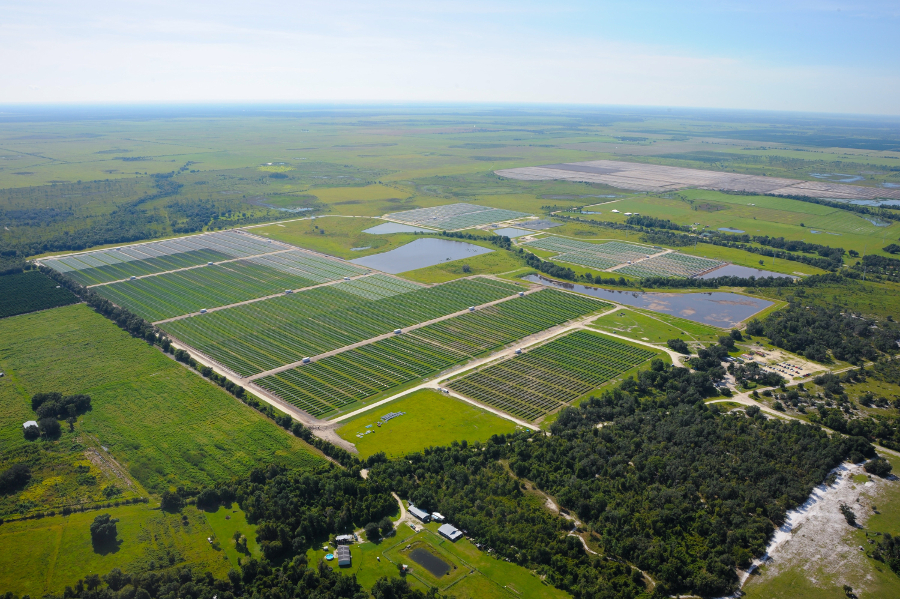It’s already happening.I think some people are definitely confusing peaker plants and grid stabilisation.
When you have variable wind/solar energy over the course of a few hours (or even minutes!) you need grid stabilisation. Thats the thing that often requires sub-second response, or 10 minute response, and where batteries are the ultimate solution (because gas takes a while to spin up).
When you have a powerplant or interconnector FAIL or some major weather event knocks out, or down the power supply for hours or days... thats when you need a peaker plant.
There is an order of magnitude difference in the capital investment required, and number of batteries required to perform these tasks.
edit: great chart showing this on wikipedia for the hornsdale facility:
Tesla may well think that their batteries are more profitable put in new cars, or semis, before they put any in grid stabilisation facilities, and only when they are plentiful maybe build some peaker-plant scale facilities.
I don't know how Texas grid works, but here in the UK, commercial-scale battery owners can 'opt-in' to multiple schemes at once, so you can make your battery available for grid stabilisation, or for longer term (hours) storage or supply, at the discretion of the grid operator, with payments being very different for each scheme.

Work begins on 409MW/900MWh Florida battery project to ease natural gas plants into retirement
Construction work has begun in the US on what is claimed to be the world’s biggest solar-charged battery storage project, by utility company Florida Power & Light (FPL).
Elon Musk has said that he expected Tesla energy to grow to the size of their auto business. That’s not going to happen with grid stabilization services alone. Of course they need to make lots of batteries. His recent tweet suggests they won’t be so cell constrained By next year. Here’s hoping
Last edited:


